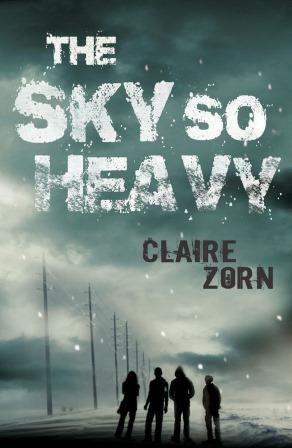
Review an electronic resource for children or young adults.
Inside a Dog is a website for teen readers where they can find great books to read, share their own book reviews, take part in discussions through forums and blogs, create or join a book club, and gain insight into authors’ thoughts about writing and reading through the Writers in Residence blog.
Developed by the State Library of Victoria as a place for young people to share what they love about books and as a resource for them to discover new books, Inside a Dog is an attractive website that is packed full of information. While the website is aimed primarily at teenage readers and around young adult (YA) literature in particular, I was pleased to see that there is also a resource page for teachers which includes ideas for lesson plans and resources linked to curriculum standards that support the use of book clubs in the classroom, writing book reviews, and exploring the use of new media in creative responses to literature (Bright ideas, 2011).
I hadn’t really thought about genres in YA literature before and was surprised to learn there are so many! Browsing through the book titles listed under each genre I discovered that there were only a handful of titles that I would choose to read myself. Also, as I was looking through some of the many book reviews written by young readers I was reminded of the fact that, “young adult literature is for teens” (Walsh, 2013). As an adult, what I think about the books presented here or the reviews and comments is irrelevant – what is important is that young people are reading, commenting on books they have read, and engaging with others through the website.
One section of the website Inside a Dog is dedicated to the Inky Awards which are an annual award for new youth literature. During the year young people can nominate their favourite books for consideration. There are a number of guidelines that must be adhered to and there are two prizes: the Gold Inky for an Australian book, and the Silver Inky for an international book. All of the titles are nominated, selected and judged by teens and the winners are voted for online by teen readers of Inside a Dog.
Teen choice book awards such as the Inky Awards empowers young people by giving them a voice to say what they think a great book is and allows them to share their excitement about the new books they love, by voting and honouring their chosen author with an award (Rogers, Szymanski, Cavanaugh & Dunphy, 2010, p. 26-27).
What Inside a Dog and the Inky Awards offer to the professional working with young people in libraries, is the opportunity to engage with young people to provide creative reading opportunities and a positive interaction with books. It also helps provide an insight into the books that young people like to read and can help inform the choice of books purchased as part of a YA collection (Court, 2011, p. 156).
References.
Bright ideas. (2011, March 9). Guest post: Inside a dog with Heath Graham [Blog post]. Retrieved from http://slav.global2.vic.edu.au/files/2011/03/09/guest-post-inside-a-dog-with-heath-graham/
Court, J. (Ed.). (2011). Read to succeed: Strategies to engage children and young people in reading for pleasure. London: Facet Publishing.
Rogers, M. A., Szymanski, S., Cavanaugh, L., & Dunphy, M. (2010). Massachusetts teen choice book award: Our partnership for Massachusetts teens. Young Adult Library Services, 9(1), 26-27.
Walsh, A. (2013, February 1). Where are the teens in teen book awards? [Blog post]. Retrieved from http://readalert.blogs.slv.vic.gov.au/2013/02/01/


